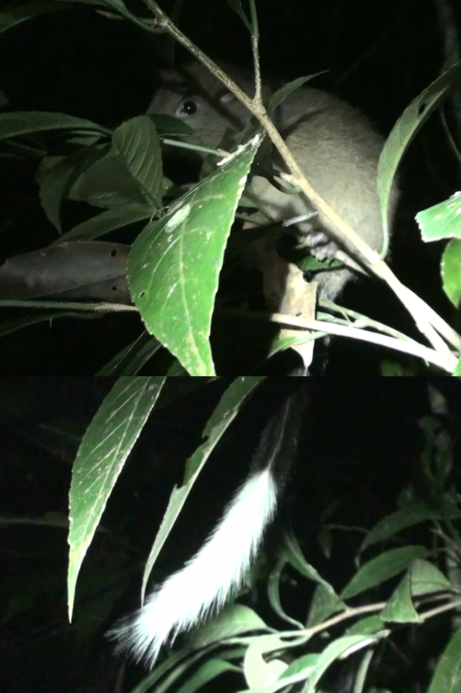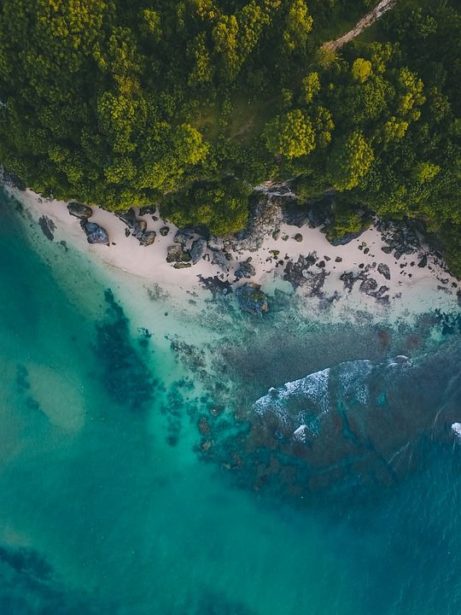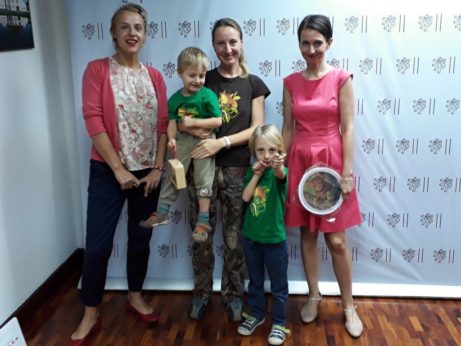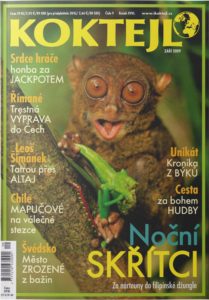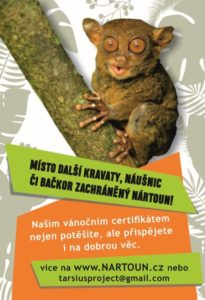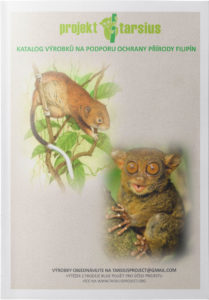New fieldwork period of the Tarsius Project has begun
After a few months spent in the Czech Republic I returned back to the Philippines at the end of the year to kick-off next fieldwork period of the Tarsius Project.

We started our activities in The Philippine Tarsier Sanctuary in cooperation with The Philippine Tarsier Foundation last year. We radio-tracked five tarsiers for more than three months. We got first data about their behaviour and communication and successfully started with conservation educational programmes.
We will continue with research of the Philippine tarsier and we also plan to extend our activities during this year. We have changed the study site since last year. Our research will be still conducted on Bohol island, famous for its tarsiers, but this time in an area near Bilar town. The new locality will provide us with an opportunity to compare data about home-ranges and behaviour of the animals from both study sites and it also gives us new possibilities of cooperation with Simply Butterflies Conservation Centre and Bohol Island State University. It extends the opportunities of cooperation on research and also education of students and local residents.
We are conducting mapping of the locality since the beginning of January. Tarsiers have never been studied in this area so we get new information very slowly. There are two protected areas in Bilar locality but in fact the protection is insufficient and the area is threatened by illegal poaching. That is why we plan to extend especially conservational and educational activities (see goals of the project in Project section). Other team members and volunteers are coming at the end of this week and we will start capturing of tarsiers. We are still looking for adoptive parents. If you want to support our project and to have your “own” tarsier in the field, join as and adopt a tarsier.

